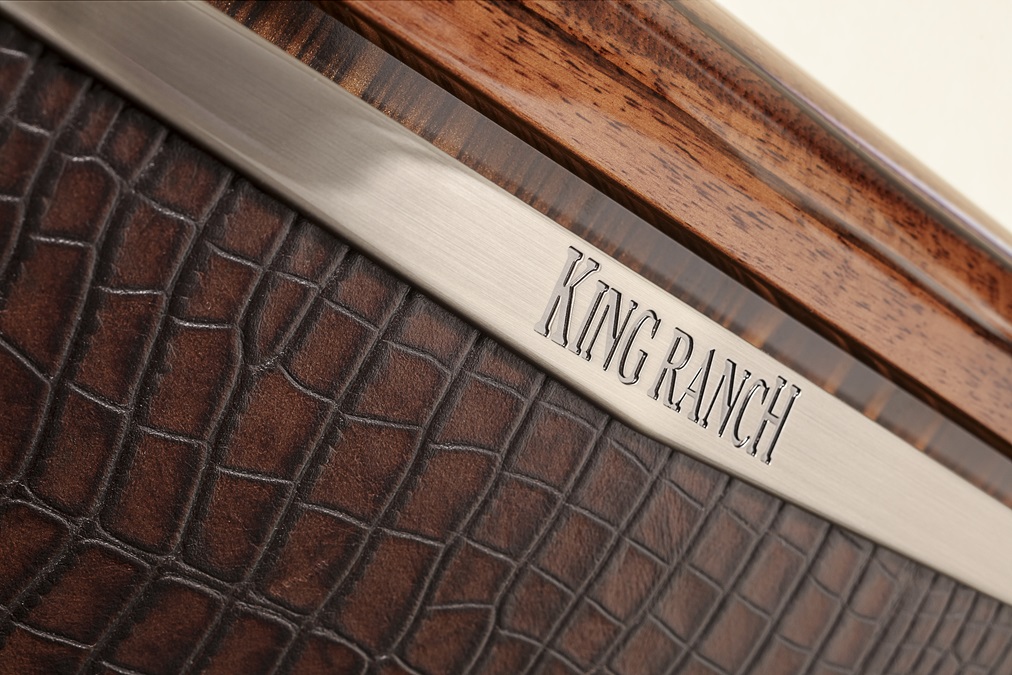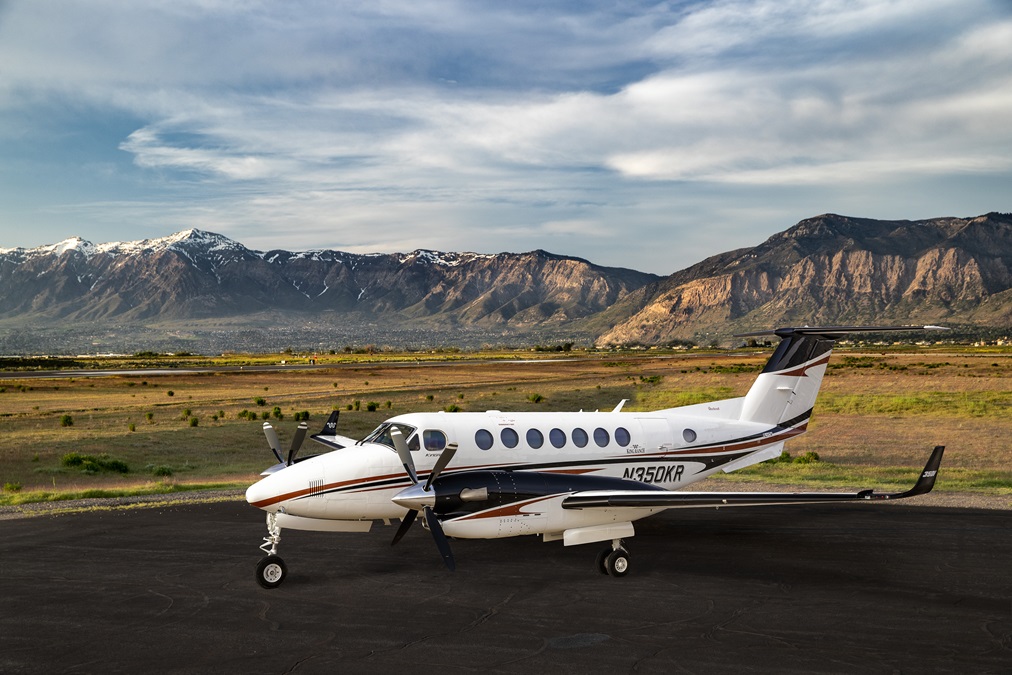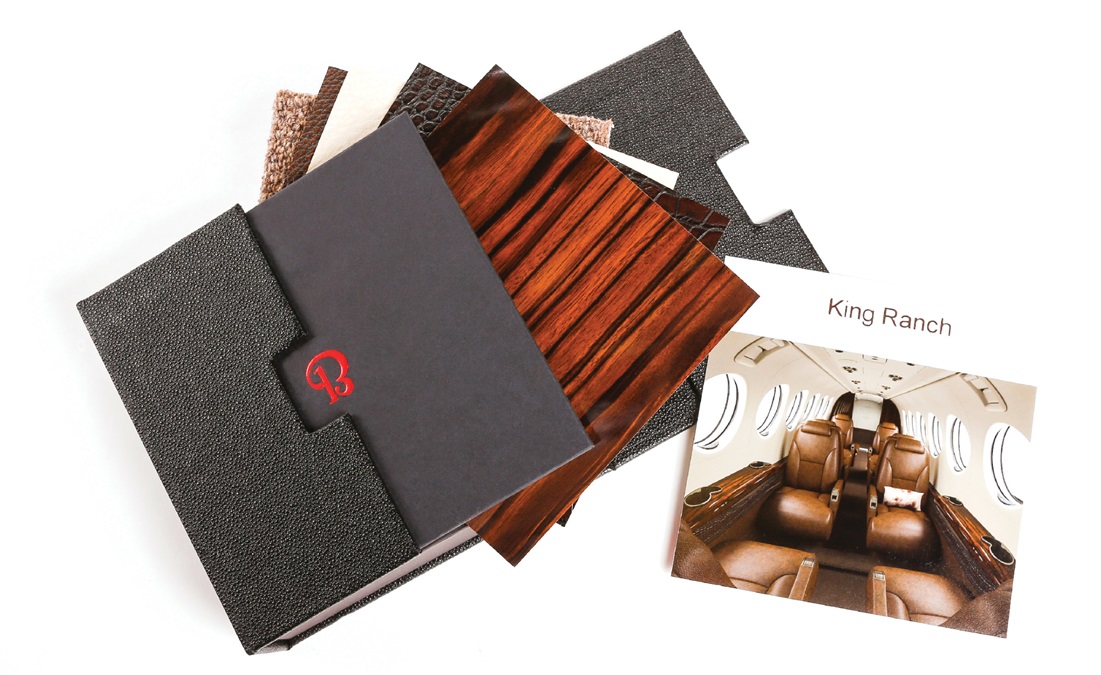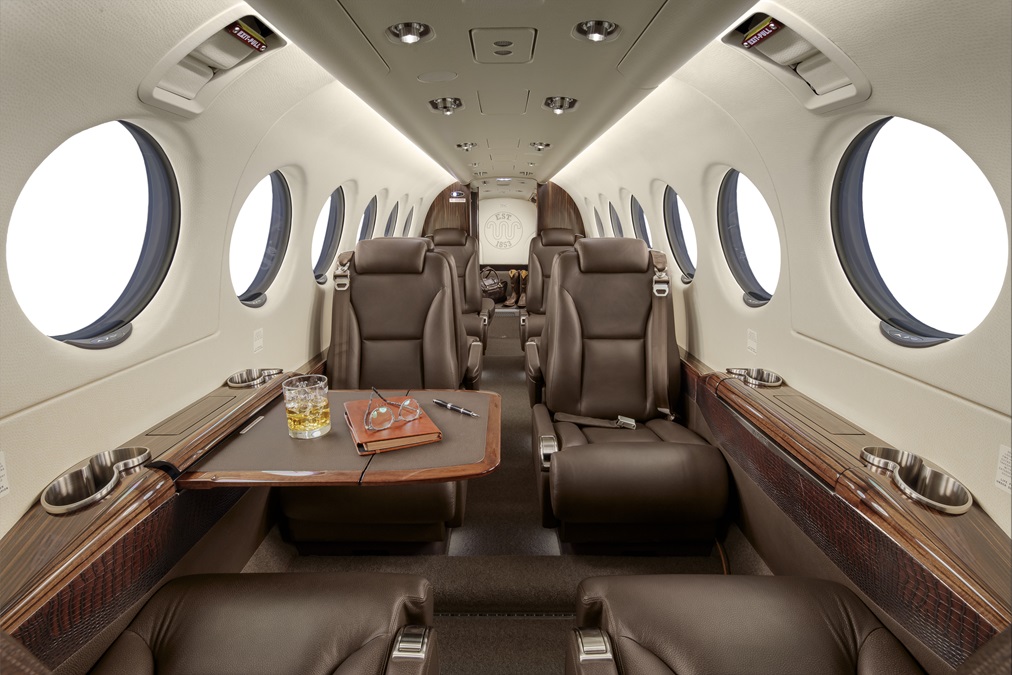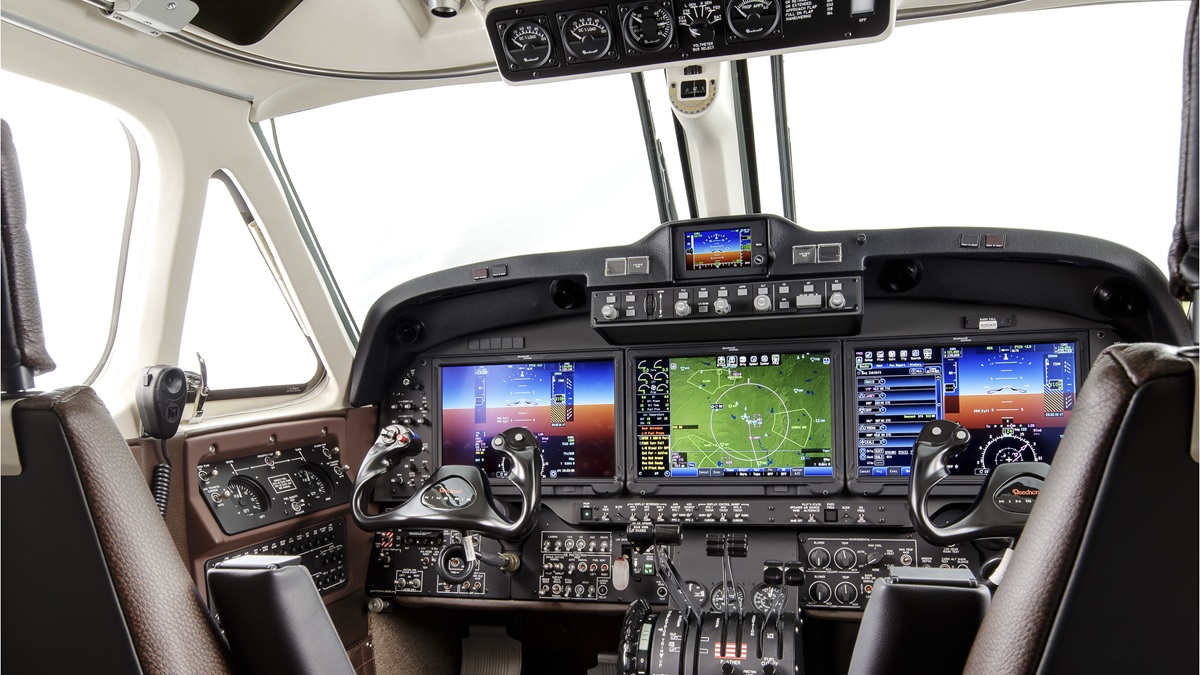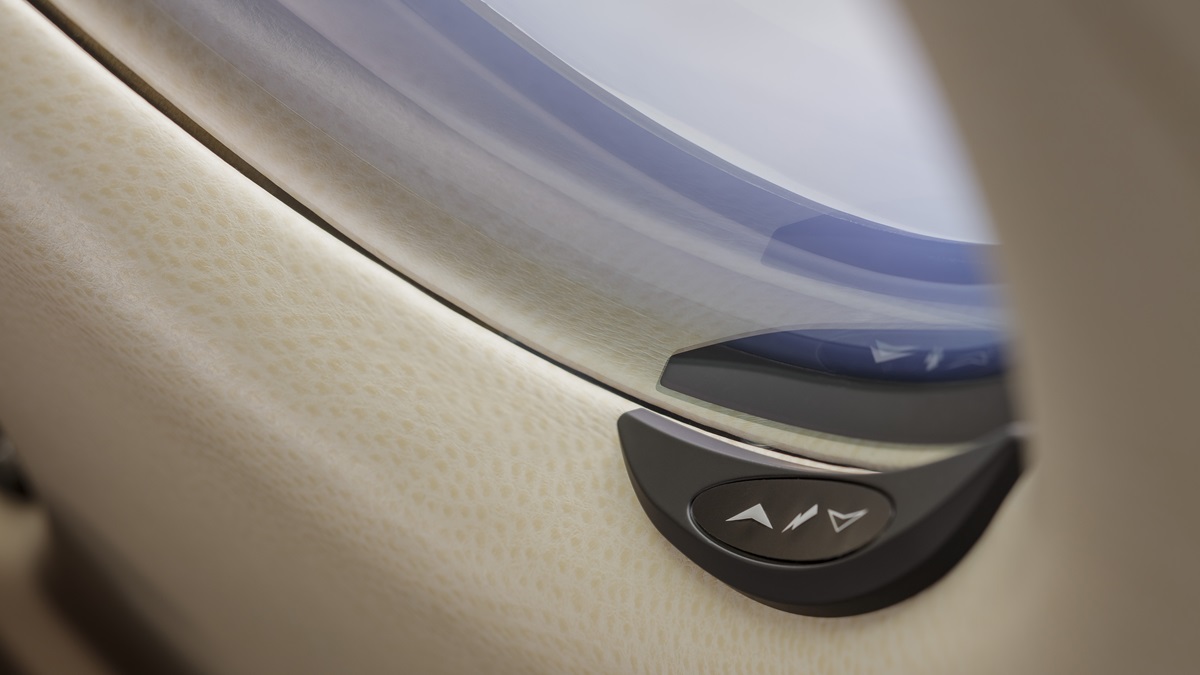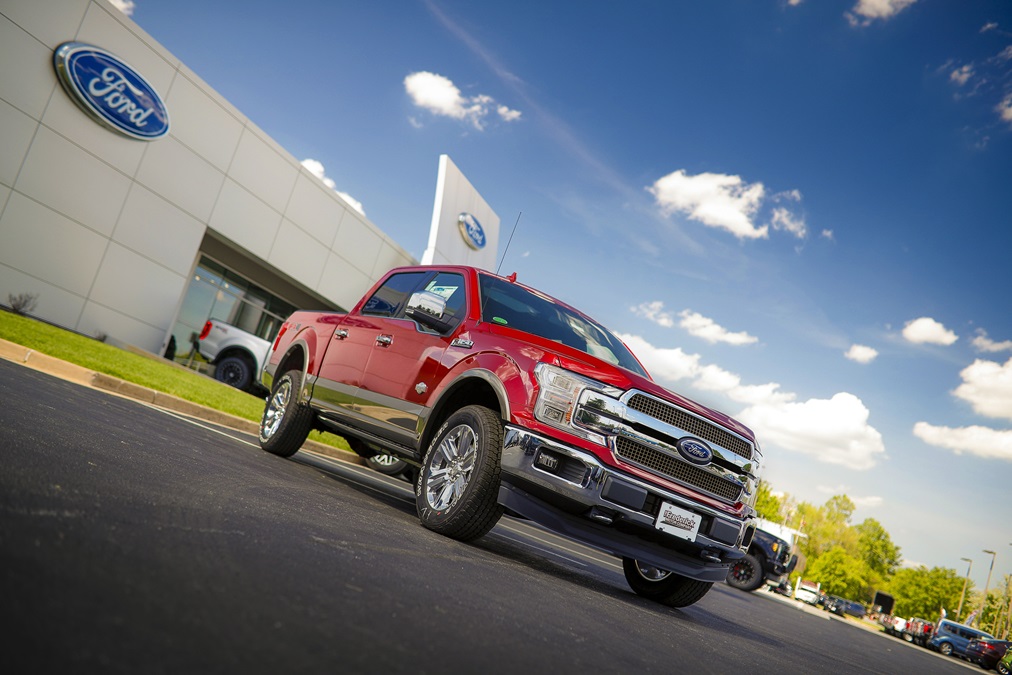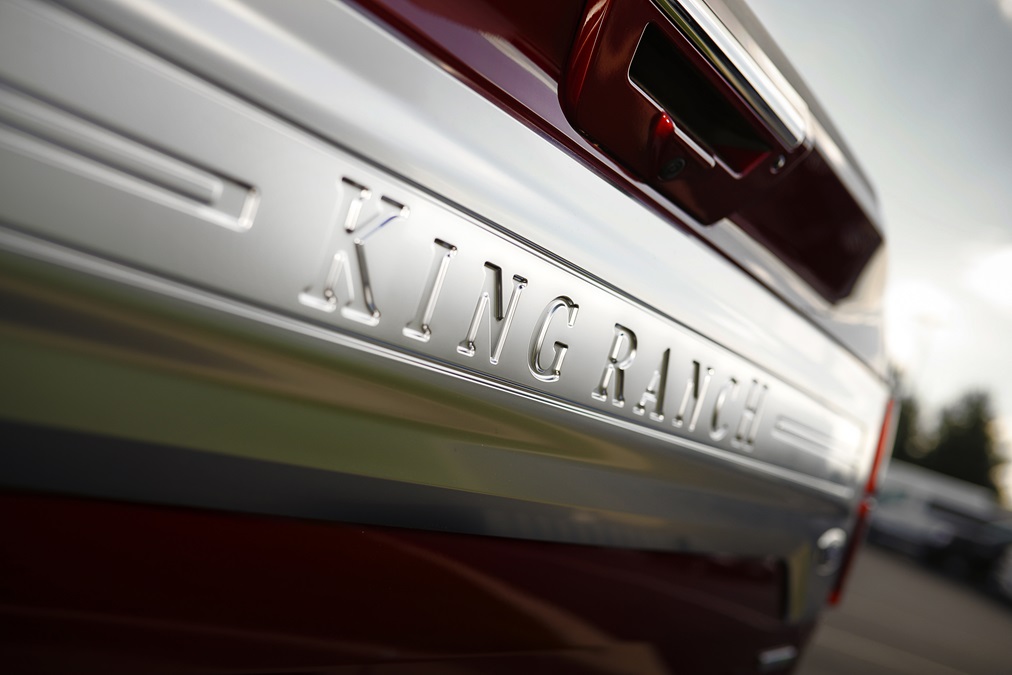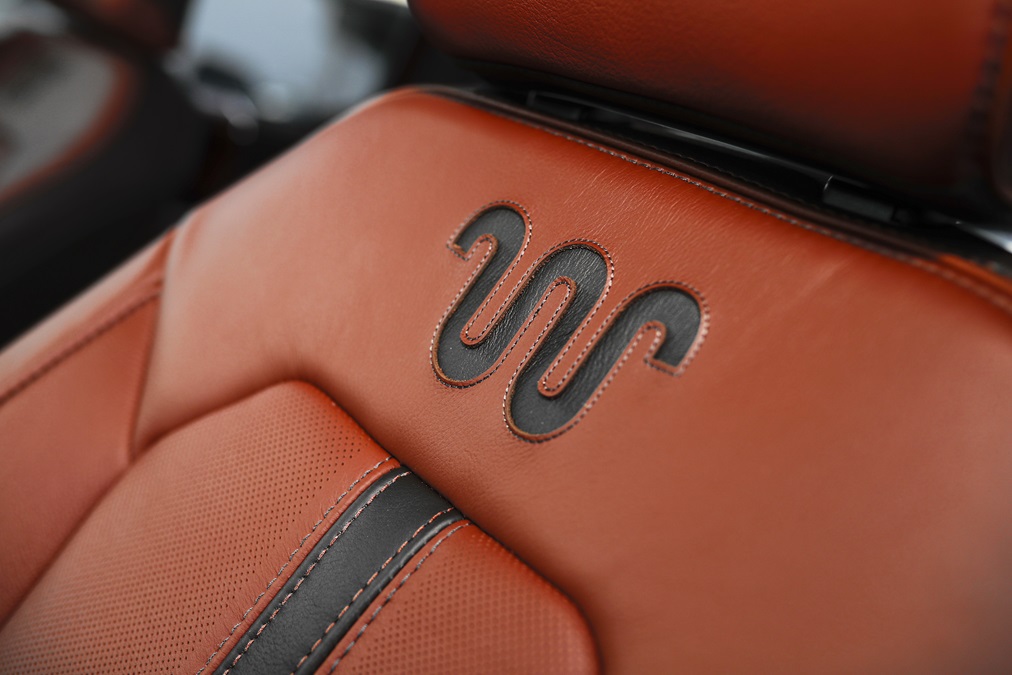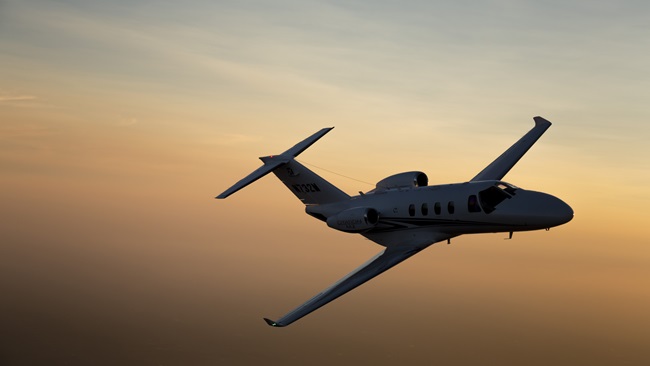The king of the King Airs
I’ll have Ranch with that
Take, for example, Ford’s line of King Ranch-branded pickup trucks. For the right price you can buy an F-150, F-250, or F-350 pickup truck bearing the King Ranch brand. This gives you a special exterior paint and chrome treatment, a four-door Supercrew cabin, 20-inch cast aluminum wheels, swanky King Ranch Kingsville Antique Affect leather bucket seats (with the King Ranch logo, of course), door and tailgate emblems, remote start, and more. You’ll have plunked down something north—well north—of $50,000 for Ford’s King Ranch motif, but so what? You’re saying that you’re an outdoorsman who appreciates the finer things.
Now Textron Aviation is getting in on the King Ranch idea with its new Beechcraft King Ranch King Air 350i. King Ranch and Textron partnered to come up with a special, themed version of the 350i—a $125,000 option—and first deliveries are set to begin in the third or fourth quarter of this year. Like the Ford pickups, this King Air has a special paint scheme, leather seats, and bears King Ranch badging and “flying W” brand logos, but that’s where the similarity ends. The headliner and window panels have “Ostrich muslin vinyl” coverings that mimic ostrich hide, “Tendu” wood grain ride ledges and cabinetry with pewter trim, and the lower sidewalls have layers of “Antigua” crocodile-embossed leather and “Sundance Ranch” modernist leather—the same leather used in all the airplane’s seats.
Gogo’s ATG 5000 Wi-Fi (for domestic use) or Gogo’s Aviator 200 satellite service (for international use) are other high-end standard features. But wait, there’s more: four tri-color “hair on hide” lumbar pillows, “flying W” branded throw carpets, and yes!—four King Ranch-branded whiskey glasses are thrown into the deal.
I had a chance to fly the first King Ranch 350i with Textron Senior Pilot Mark Mohler, AOPA Senior Photographer Mike Fizer, and Textron Communications Specialist Christina Walser. It was my first flight in a Rockwell Collins Pro Line Fusion Touch-equipped King Air 350i since its introduction in 2015.
Open the cabin door and the scent of all that new-airplane leather wafts over you. We scooted up to the cockpit and reviewed the Fusion’s features—dual flight management system, touch-screen controls, three 14-inch widescreen LCD displays, and a 3-D multiscan weather radar that automatically builds models of any convective activity. The airplane had all of seven hours on it.
Soon our 13,016-pound (maximum takeoff weight is 15,000 pounds) ship—N350KR, of course—was ready for takeoff at Wichita’s Dwight D. Eisenhower National Airport, and we blew past our 107-knot VR, headed for Flight Level 230; got there in 11 minutes; and went through some maneuvers. With the left engine at zero thrust, I put its propeller into feather and saw an 800-fpm climb. Of course, the airplane has autofeather and a rudder-boost system to help with directional control in case of a real-life engine-out situation.
No doubt about it, the 350i isn’t as agile as lesser turboprop twins. As you might suspect, the controls are a tad heavy because, well, it’s a big, heavy airplane. You slow the truck down for landing by going to 25-percent torque, waiting for 140 knots or so, then selecting approach flaps one dot above the glideslope, with gear down at glideslope intercept, and full flaps and yaw damper off at 500 feet agl. At 100 feet agl the target airspeed was 100 knots that day—all of which I nailed.
I’d give my subsequent landings mixed reviews. I’d call the first one “firm but respectable”—largely thanks to the massive trailing-link landing gear. The second was a “have we landed yet” greaser, if I must say so myself. The third was in the “definite arrival” category, but Mohler was a model of diplomacy. That, or a veteran who had seen much worse. From the cabin came a silence born of gratitude.
The King Air 350i remains one of the Textron line’s best-sellers, owing to its reputation as a versatile workhorse. The 350ER is a long-range model that’s available in military and medevac versions, for example, and membership-charter operator Wheels Up has a 100-plus strong 350i fleet. Wheels Up founder and CEO Ken Dichter is on record as saying he could use 1,000 more. And now the King Ranch 350i appears to cement the airplane’s reputation as perhaps the most exclusive turboprop twin on the market.
Email [email protected]

